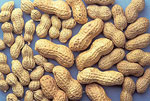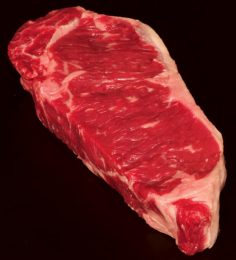 Peanut allergy is the most common food allergy and the highest amongst children. There is no cure or treatment except to avoid the consumption of peanuts.
Peanut allergy is the most common food allergy and the highest amongst children. There is no cure or treatment except to avoid the consumption of peanuts.
New research now shows that introducing high risk infants to peanut foods could reduce the chance of developing a peanut allergy. There are three guidelines to consider:
- Infants at high risk because they already have severe eczema, egg allergy or both. Experts recommend introducing peanut-containing foods as early as 4-6 months of age.
- Infants with mild to moderate eczema. Experts recommend introducing peanut-containing foods around 6 months of age.
- Infants without eczema or any other food allergy consume peanut-containing foods freely.
With these guidelines, the results suggest that peanut allergy can be prevented when peanut-containing foods are introduced in infancy through age 5. Infants in category one above had an 81 percent reduction in developing peanut allergy.
Learn more at: http://bit.ly/2iFKj28







